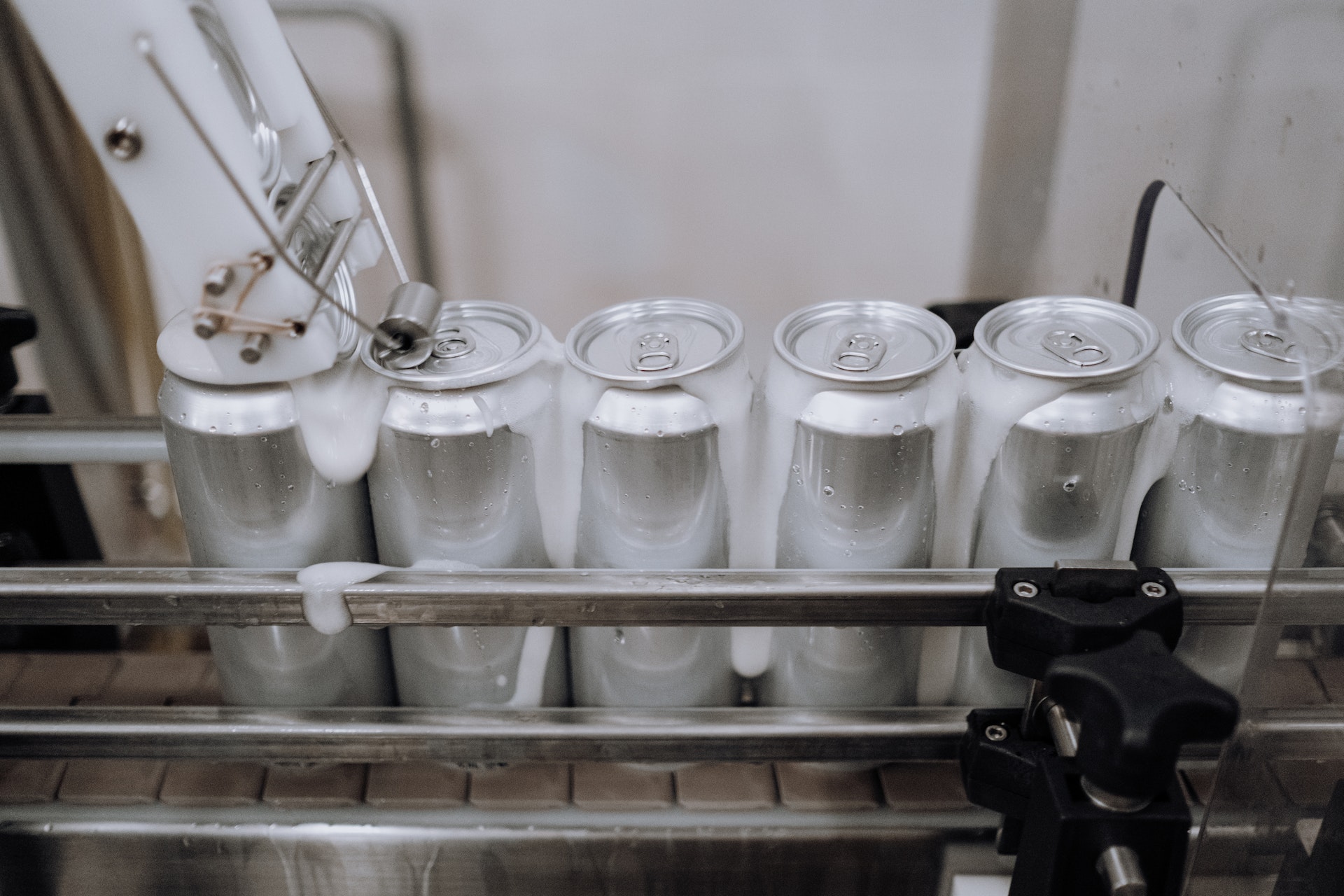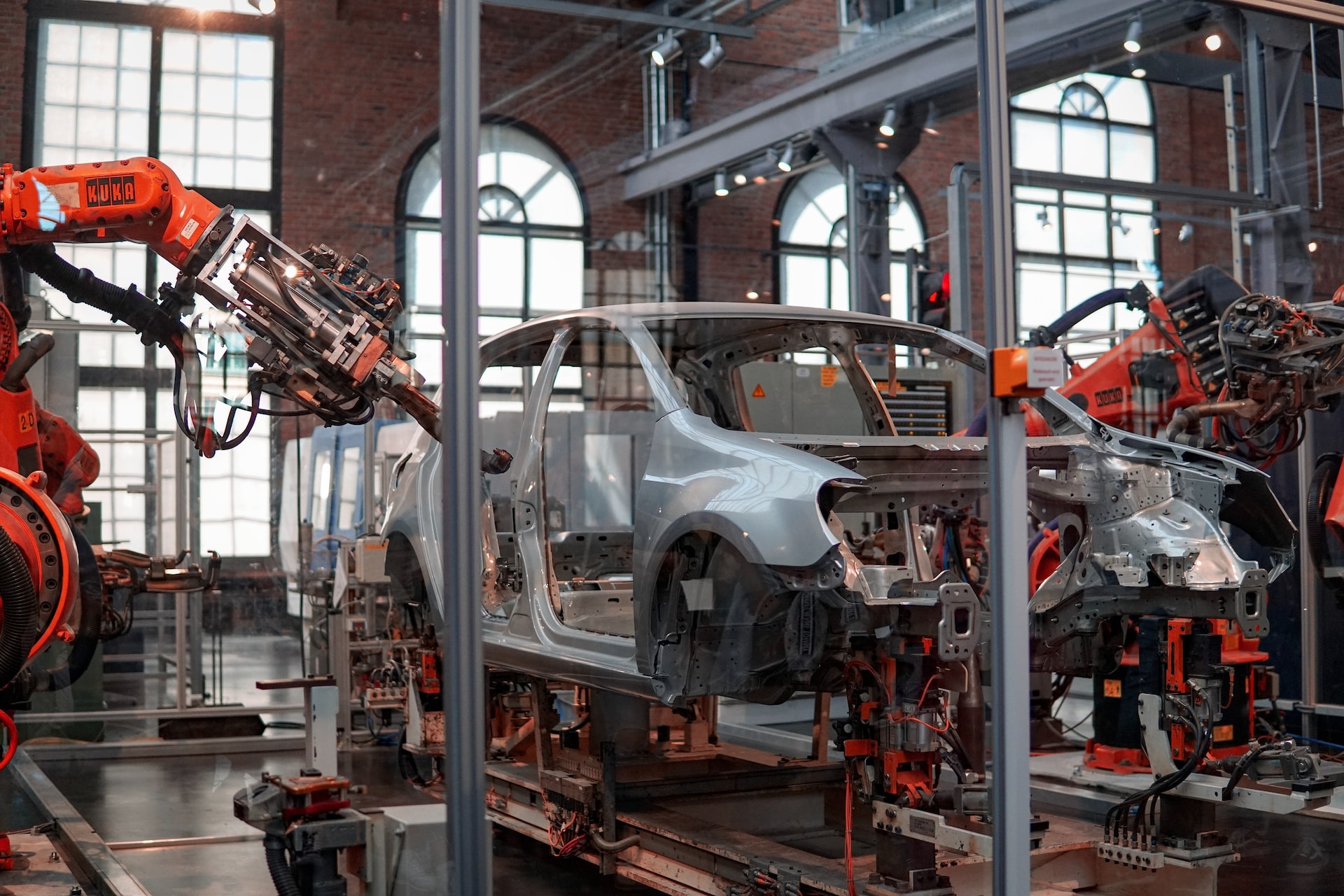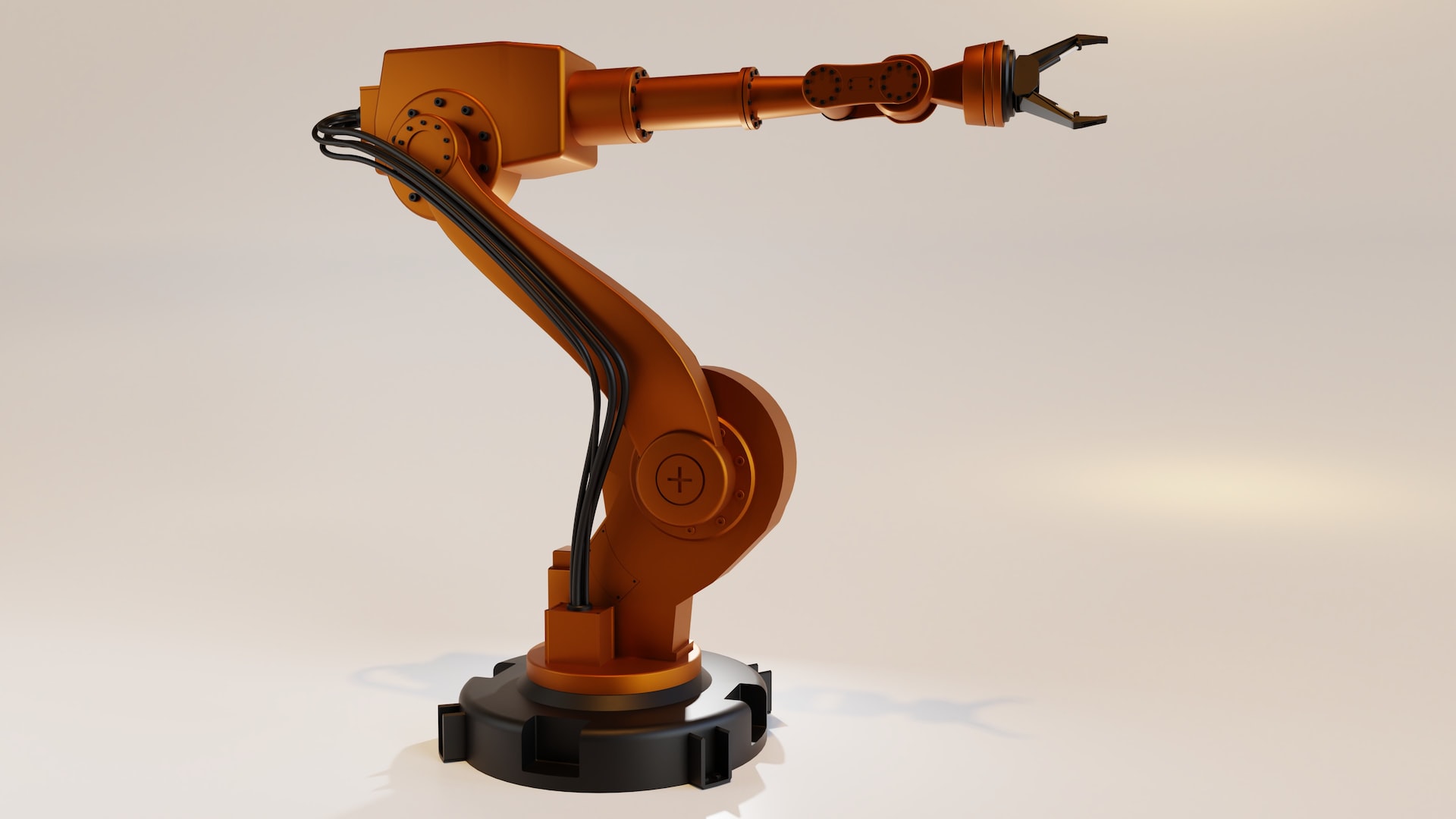The threshold of industrial expansion beckons businesses to adhere to quality standards and regulatory policies. To encourage persistent growth, the newly implemented systems must deliver top-tier production quality. The conventional techniques for marking and coding often fail to meet these rigorous standards, especially in the demanding field of robotics. Traditional methods tend to sacrifice efficiency, quality, reliability, and output consistency.
Laser marking technology has proven crucial in enhancing numerous manufacturing processes, from the precise requirements of medical equipment to the rigorous regulatory demands of aerospace engineering components. The growing incorporation of industrial robots has compelled large production lines to adopt a marking strategy that ensures dependable, consistent results.
The impact of robotics in part marking
Robots have become an integral part of modern manufacturing practices. They allow burgeoning companies to improve efficiency and meet increasing product demand by automating key functions. Nevertheless, the expansion of robotic applications in industries introduces a new challenge – the need for an equally efficient system for coding and labelling robotic parts.
The advancements in laser technology have paved the way for the reliable, widespread use of robotic solutions in global production and manufacturing lines, with the UK leading the charge in this fully autonomous system.
The role of laser technology in engineering
The swift adoption of robotics is noticeable across all sectors, with the most seamless integration observed in the manufacturing and production engineering industry. Engineering-related assets are progressively being targeted for laser marking, a vital process for various industrial applications involving parts manufacturing.
For these businesses, it’s crucial to imprint assets with clear identification accurately and permanently to track and monitor them throughout their lifecycle. Laser marking systems are gaining popularity as a preferred method for component identification and lifecycle tracking, thanks to their precision and permanence.
Utilizing laser technology for part marking offers several benefits over traditional methods such as rotary engraving or dot-peen systems. With lasers, engineers can permanently inscribe a variety of information including serial codes, matrices, part numbers, images, and batch coding, which are all essential for quality control and tracking. In addition, laser marking provides a contactless, efficient way of applying a design that preserves the material’s integrity and allows for the reproduction of exact markings without deviation between parts.
QR codes are ideal for transmitting a wide range of information, like serial numbers and barcodes. For example, one could determine a machine or piece of equipment’s latest service date by scanning the laser-engraved barcode with a smartphone.
Therefore, laser marking emerges as an outstanding choice for large-scale production lines due to its ability to rapidly and precisely identify parts throughout their lifecycle. It’s invaluable in industries where tracking is critical to ensure the safe manufacturing and distribution of consumer goods.
In short, laser marking technology serves as a vital tool for engineers who prioritize accuracy and traceability in robotic units or other production lines. With its ability to permanently label parts, laser marking is the preferred choice for engineers aiming for quality and durability. Its scalability allows for a swift, automated manufacturing process requiring minimal user intervention. Moreover, with fewer moving components, it offers a cost-effective solution to upgrade production to any desired scale, efficiency, and quality.
Laser marking systems deliver unique, innovative solutions for the smooth integration of coding and marking systems in a production line. With fewer moving components, laser engraving is a cost-efficient technique to elevate production to any required level of scale, efficiency, and quality.
















